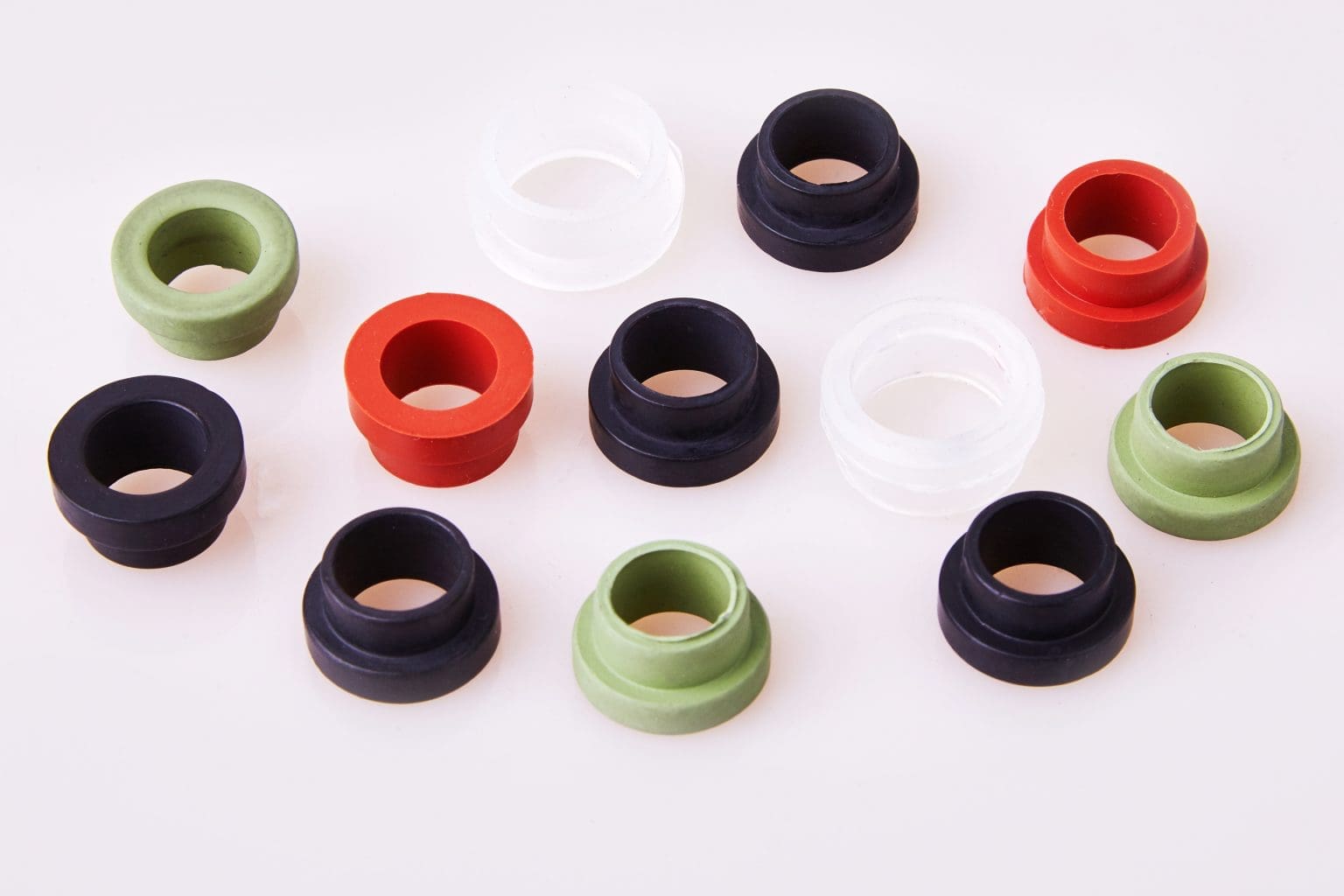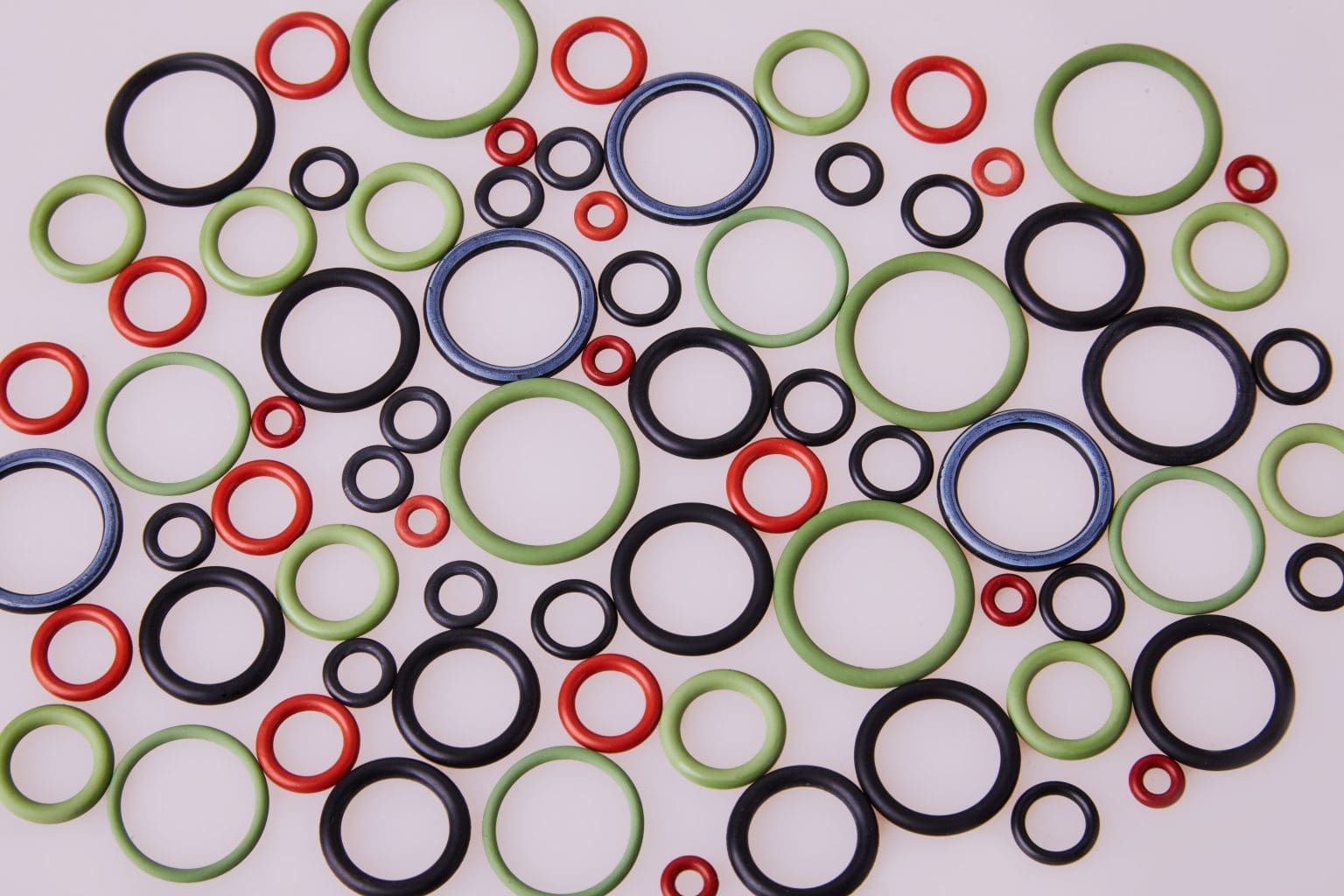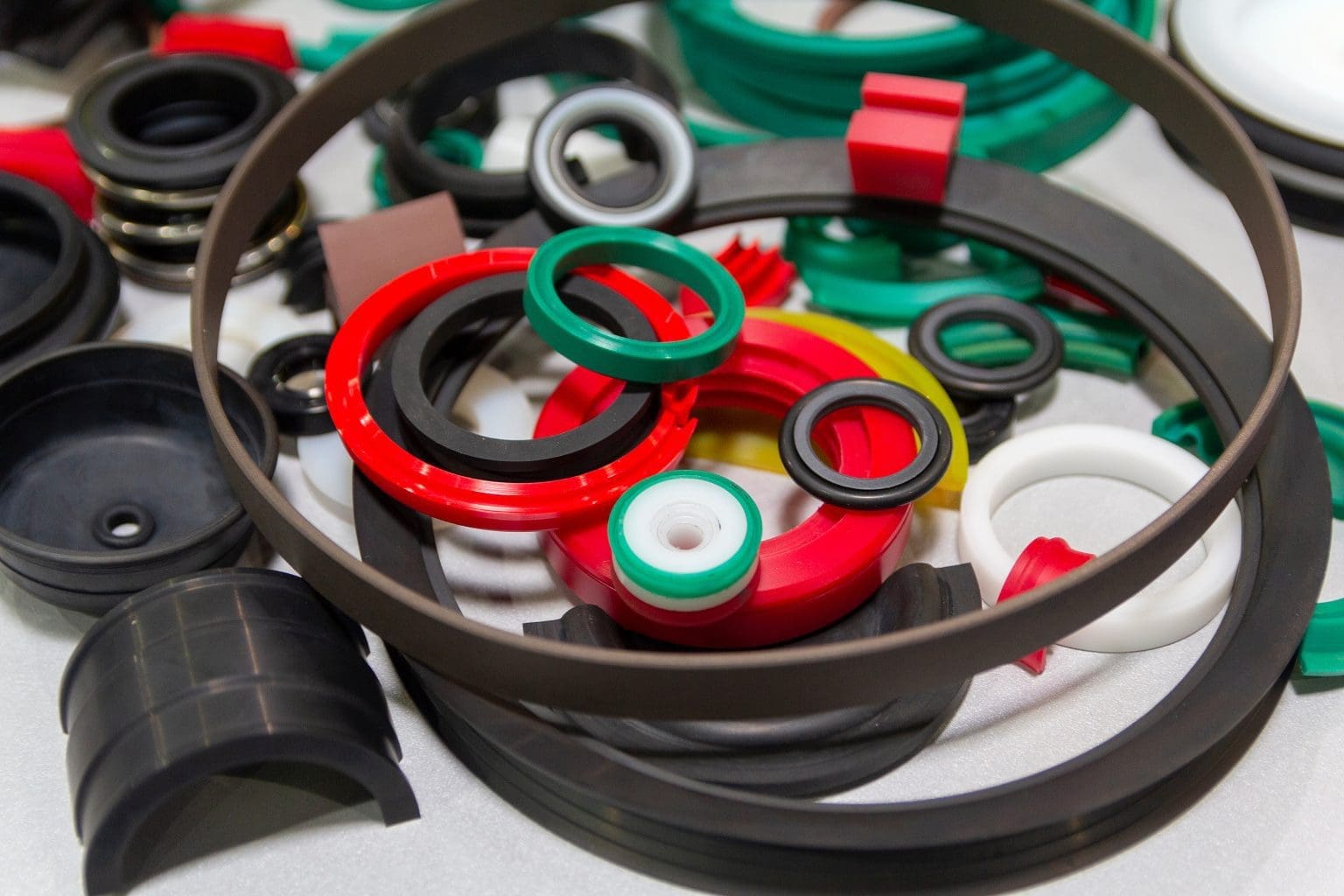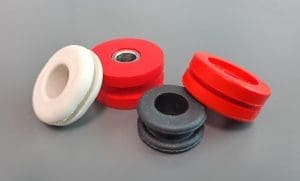The Pros and Cons of Silicone Rubber: Is it the Perfect Material for Your Project?
Is silicone rubber the perfect material for your project? This versatile compound has gained popularity in various industries due to its unique properties. In this article, we will delve into the pros and cons of silicone rubber, helping you make an informed decision.

Advantages of using silicone rubber

Silicone rubber offers a plethora of advantages that make it an attractive choice for many applications. One of the key advantages of silicone rubber is its exceptional temperature resistance. Unlike other materials that may degrade or lose their properties under extreme temperatures, silicone rubber remains stable. This makes it ideal for applications in automotive, aerospace, and electronics industries, where components are exposed to varying temperature conditions. Whether you’re working with extreme heat or cold, silicone rubber can withstand the challenge, ensuring the longevity and reliability of your project. Its resistance to temperature also makes it suitable for use in sealing and gasket applications, where it can effectively maintain a barrier between different environments.
Another notable advantage of silicone rubber is its excellent flexibility. Unlike rigid materials that may crack or break under stress, silicone rubber has a high degree of elasticity. This allows it to withstand repeated stress without losing its shape or functionality. It can be stretched, compressed, and bent without causing damage, making it suitable for applications where flexibility is crucial. This property also makes silicone rubber an excellent choice for seals and gaskets, as it can conform to irregular surfaces and provide a reliable barrier against fluids or gases. Its flexibility also extends to its ability to be moulded into complex shapes, making it a versatile option for various design requirements.
In addition to its temperature resistance and flexibility, silicone rubber is also known for its excellent electrical insulation properties. It has a high dielectric strength, meaning it can withstand high voltages without allowing electrical current to pass through. This makes it ideal for use in electrical and electronic components, where insulation is essential to prevent short circuits or electrical failures. Silicone rubber can also resist the effects of moisture, ozone, and UV radiation, further enhancing its suitability for outdoor and harsh environments.
Disadvantages of using silicone rubber
While silicone rubber offers numerous advantages, it is not without its limitations. One of the main drawbacks of silicone rubber is its cost. Compared to other materials such as natural rubber or synthetic elastomers, silicone rubber can be more expensive. This can impact your project’s budget, especially if you require a large quantity of silicone rubber components. It is important to weigh the benefits against the cost to determine if silicone rubber is the most cost-effective option for your specific application.
Another limitation of silicone rubber is its tear strength. While it exhibits excellent flexibility, it has a lower tear strength compared to certain elastomers. This means that silicone rubber may not be suitable for applications where tear resistance is crucial. If your project involves high mechanical stress or abrasive environments, you may need to consider alternative materials that offer better tear resistance. However, it is worth noting that advancements in silicone technology have helped overcome some of these limitations, with the development of tear-resistant silicone rubber compounds.
 Common applications of silicone rubber
Common applications of silicone rubber
Silicone rubber finds applications in a wide range of industries due to its unique properties. One of the most common applications of silicone rubber is in the automotive industry. It is used for gaskets, seals, and hoses, where it can withstand the high temperatures and fluid exposure commonly encountered in engines and exhaust systems. Silicone rubber’s flexibility also makes it suitable for use in automotive weatherstripping, allowing for a tight seal against water, dust, and noise.
In the aerospace industry, silicone rubber is utilised for various applications, including seals, gaskets, and vibration dampening components. Its temperature resistance and ability to maintain flexibility under stress make it ideal for use in aircraft engines, where it can withstand extreme temperatures and mechanical vibrations. Silicone rubber is also used in aerospace seals and gaskets, ensuring a reliable barrier against air and fluid leakage.
The electronics industry also benefits from the properties of silicone rubber. It is used for electrical insulation, providing a protective barrier between conductive components. Silicone rubber’s resistance to moisture, UV radiation, and ozone makes it suitable for outdoor electrical applications, such as cable jacketing and connectors. It is also used for keypads and buttons in consumer electronics, providing a durable and tactile interface.

 Factors to consider when choosing silicone rubber for your project
Factors to consider when choosing silicone rubber for your project
When considering silicone rubber for your project, several factors should be taken into account to ensure the best fit for your application. Firstly, the temperature range of your project should be considered. Silicone rubber’s exceptional temperature resistance makes it suitable for both high and low-temperature applications. However, if your project requires exposure to extremely high temperatures, it is essential to choose a silicone rubber compound specifically formulated for such conditions.
Flexibility requirements should also be considered. If your project involves repeated stress or movement, silicone rubber’s excellent flexibility makes it a suitable choice. However, if tear resistance is critical, it may be necessary to explore alternative materials or opt for silicone rubber compounds with enhanced tear strength.
Budget is another important consideration. While silicone rubber offers numerous advantages, it can be more expensive than other materials. Evaluate your project’s budget and weigh the benefits of silicone rubber against the cost to determine if it aligns with your financial constraints.
Lastly, it is crucial to consider any regulatory or industry-specific requirements that may impact your choice of material. Certain industries may have specific standards or certifications that need to be met, and it is essential to ensure that the silicone rubber you choose complies with these requirements.
The Pros and Cons of Silicone Rubber: Comparisons between silicone rubber and other materials
To determine if silicone rubber is the right material for your project, it is helpful to compare it with other commonly used materials. One material often compared to silicone rubber is natural rubber. While both materials exhibit excellent flexibility, silicone rubber offers superior temperature resistance and electrical insulation properties. Natural rubber, on the other hand, may be more cost-effective, making it a viable option for applications that don’t require extreme temperature resistance or electrical insulation.
Synthetic elastomers, such as neoprene or EPDM, are also compared to silicone rubber. Neoprene offers better tear resistance than silicone rubber, making it suitable for applications where mechanical stress or abrasion resistance is crucial. EPDM, on the other hand, is known for its excellent weather resistance and is often used for outdoor applications. However, neither neoprene nor EPDM can match silicone rubber’s temperature resistance and electrical insulation properties.
It is important to evaluate the specific requirements of your project and compare the properties of different materials to make an informed decision.

 How to work with silicone rubber effectively
How to work with silicone rubber effectively
Working with silicone rubber requires specific techniques and considerations to ensure optimal results. One of the key aspects of working with silicone rubber is proper surface preparation. Before applying silicone rubber, surfaces should be clean, dry, and free from any contaminants that may affect adhesion. It is recommended to use a suitable solvent or cleaning agent to remove any oils, dirt, or residues.
Silicone rubber can be moulded into complex shapes using various techniques, including compression moulding, injection moulding, and extrusion. The choice of moulding technique depends on the specific requirements of your project. Compression moulding is commonly used for small to medium-sized parts, while injection moulding is ideal for high-volume production. Extrusion is suitable for creating continuous profiles or tubing.
Curing or vulcanisation is a crucial step in the production of silicone rubber components. This process involves applying heat and pressure to the silicone rubber, causing it to cross-link and form a stable, durable material. The curing time and temperature vary depending on the specific silicone rubber compound used, and it is essential to follow the manufacturer’s guidelines for optimal results.
Important safety considerations when using silicone rubber
While silicone rubber is generally considered safe to use, it is important to take certain safety precautions to minimise potential risks. When working with silicone rubber, it is recommended to wear appropriate personal protective equipment (PPE), such as gloves and safety glasses, to protect against skin and eye contact with uncured silicone rubber or chemicals used during the manufacturing process.
Proper ventilation is also crucial when working with silicone rubber. Some curing agents or additives used in silicone rubber production may release volatile organic compounds (VOCs) during the curing process. Ensure that the work area is well-ventilated or consider using local exhaust ventilation systems to remove any fumes or airborne particles.
It is also important to store and handle silicone rubber compounds properly. Store them in a cool, dry place away from direct sunlight or heat sources. Follow the manufacturer’s instructions for handling and disposal of silicone rubber materials and any chemicals used in the process.
Conclusion: The Pros and Cons of Silicone Rubber
Silicone rubber offers a range of advantages, including exceptional temperature resistance, flexibility, and electrical insulation properties. While it may be more expensive than other materials and has limitations in tear strength, advancements in silicone technology have helped overcome some of these drawbacks. When considering silicone rubber for your project, it is essential to evaluate factors such as temperature resistance, flexibility, tear strength, budget, and regulatory requirements. Comparing silicone rubber with other materials will also help determine the best fit for your specific application. By understanding the pros and cons of silicone rubber, you can make an informed decision and determine if it is the perfect material for your project. Get in touch for more information or to discuss your project

 Common applications of silicone rubber
Common applications of silicone rubber Factors to consider when choosing silicone rubber for your project
Factors to consider when choosing silicone rubber for your project How to work with silicone rubber effectively
How to work with silicone rubber effectively